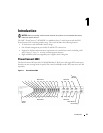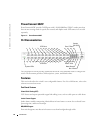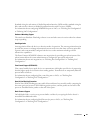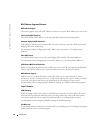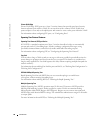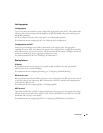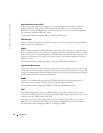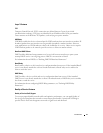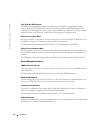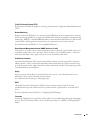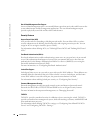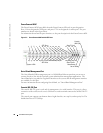
Introduction 31
Layer 3 Features
TCP
Transport Control Protocol (TCP) connections are defined between 2 ports by an initial
synchronization exchange. TCP ports are identified by an IP address and a 16-bit port number.
Octets streams are divided into TCP packets, each carrying a sequence number.
UDP Relay
UDP Relay enables the device to forward specific UDP broadcasts from one interface to another. IP
broadcast packets from one interface are not generally forwarded to another interface. However,
some applications use UDP broadcast to detect the availability of a service. Other services require
UDP broadcast packets to be routed to provide services to clients on another subnet.
BootP and DHCP Clients
DHCP enables additional setup parameters to be received from a network server upon system
startup. DHCP service is an on-going process. DHCP is an extension to BootP.
For information about DHCP, see "Defining DHCP IP Interface Parameters."
BootP Relay
BootP enables a device to solicit and receive configuration data from servers. If the intended BootP
server is not directly attached to a client’s broadcast domain, a BootP relay service enables the
client to reach the server.
DHCP Relay
DHCP enables a device to solicit and receive configuration data from servers. If the intended
DHCP server is not directly attached to a client’s broadcast domain, a DHCP relay service enables
the client to reach the server.
For information about configuring DHCP Relay parameters, see "Defining DHCP Relay
Parameters."
Quality of Service Features
Quality of Service (QoS) Support
To overcome unpredictable network traffic and optimize performance, you can apply Quality of
Service (QoS) throughout the network to ensure that network traffic is prioritized according to
specific criteria. Your switch supports two modes of QoS: basic and advanced.



